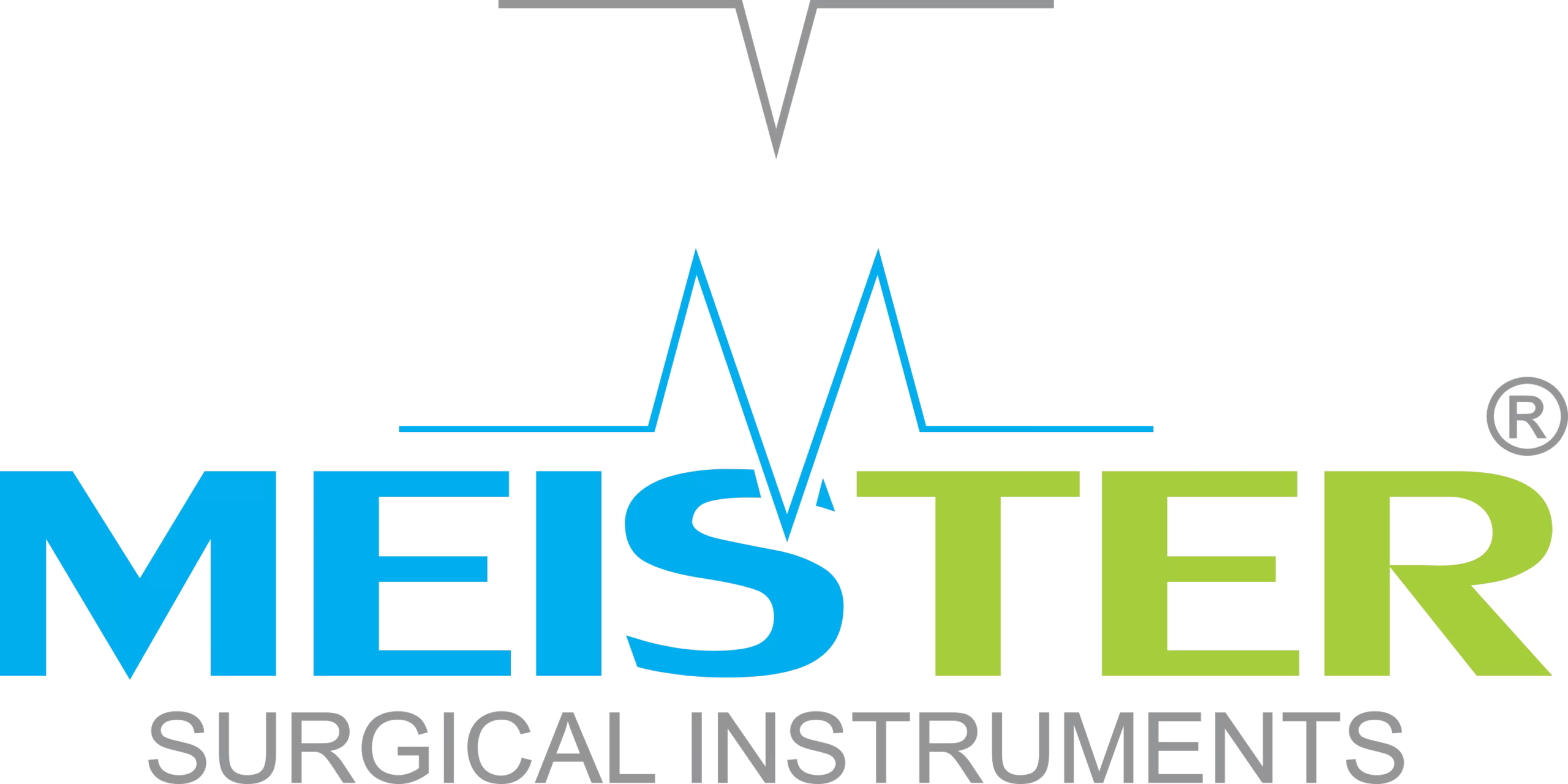Cervical cancer screening is one of the most important preventive measures in women’s healthcare. A Pap smear test (Papanicolaou test) is a simple yet effective procedure used to detect precancerous or cancerous changes in cervical cells. While the test itself is straightforward, the accuracy and comfort of the procedure depend heavily on the quality of instruments. In this guide, we will explore the Pap smear tools used, their functions, and why choosing the right instruments matters for both patients and healthcare providers.
What is a Pap Smear Test?
A Pap smear test involves collecting cells from the cervix (the lower part of the uterus) to examine them under a microscope. The test can detect abnormal cells that may develop into cervical cancer if left untreated.
The effectiveness of this test depends not only on the skill of the clinician but also on the reliability of the tools used for Pap smear procedures.
Pap Smear Tools Used in Clinical Practice
1. Speculum
- The most important tool in a Pap smear test.
- Used to gently open the vaginal walls and allow access to the cervix.
- Available in metal or disposable plastic versions.
2. Cervical Brush / Cytobrush
- Designed to collect cells from the endocervical canal.
- Features soft bristles to ensure adequate sampling without damaging tissue.
3. Spatula (Aylesbury or Ayre’s Spatula)
- A wooden or plastic flat tool with a rounded end.
- Used to scrape cells from the ectocervix (outer cervix).
4. Cotton Swabs (Optional)
- Sometimes used for additional sample collection, though brushes and spatulas are more effective.
5. Glass Slide / Collection Vial
- For conventional Pap smears: Cells are smeared onto a glass slide and fixed for microscopic examination.
- For liquid-based cytology: Cells are placed into a collection vial containing preservative fluid.
6. Fixative Spray or Solution
- Prevents cell distortion and preserves sample integrity for accurate examination.
Why Quality Matters in Pap Smear Tools
Using high-quality Pap smear tools is essential because:
- Accuracy – Reliable tools ensure sufficient cell collection for precise diagnosis.
- Patient Comfort – Ergonomically designed instruments reduce discomfort during the procedure.
- Safety – Sterile, medical-grade instruments minimize infection risk.
Healthcare providers worldwide rely on trusted suppliers like Meister Surgical to deliver precision-engineered tools for gynecological procedures.
Best Practices for Pap Smear Procedures
- Always use sterile instruments.
- Explain the procedure to patients to reduce anxiety.
- Collect samples from both the ectocervix and endocervix for comprehensive results.
- Preserve samples promptly to maintain diagnostic accuracy.
Conclusion
The Pap smear tools used—including the speculum, spatula, cervical brush, and collection vials—play a crucial role in ensuring accurate results and patient comfort. At Meister Surgical, we supply high-quality gynecological instruments designed for reliability, safety, and precision in women’s healthcare.
👉 Explore our gynecological instrument range at Meister Surgical or contact us at info@meistersurgical.com for product details.

